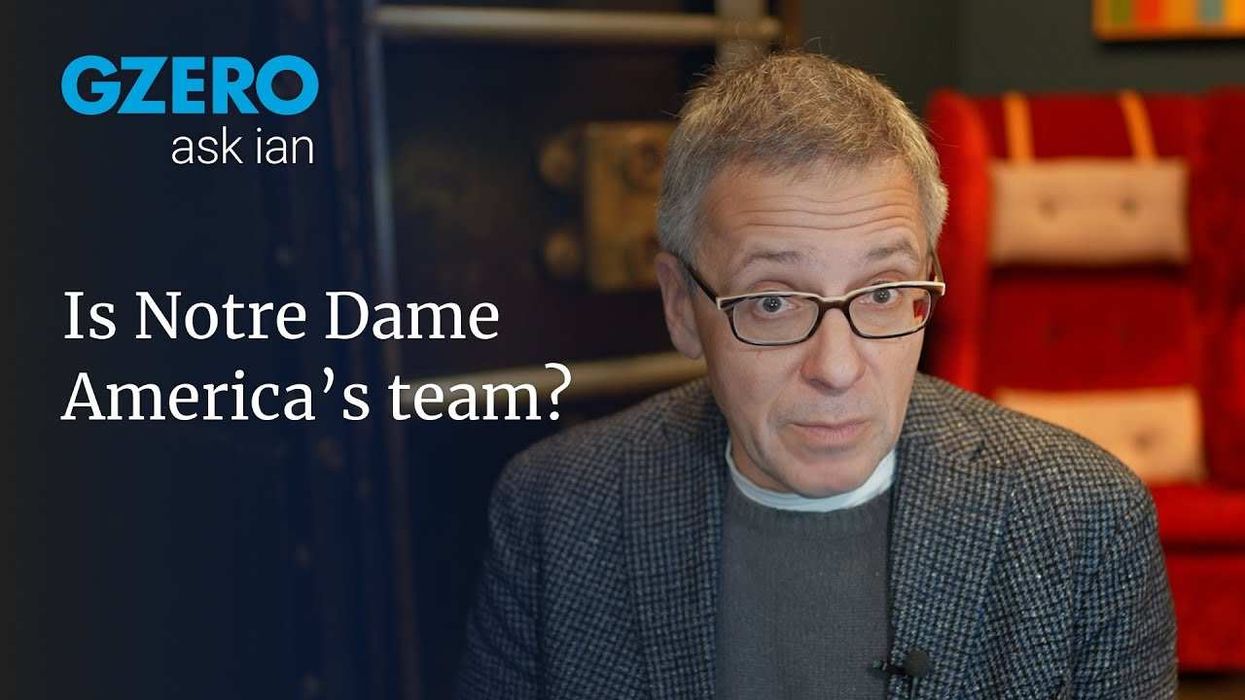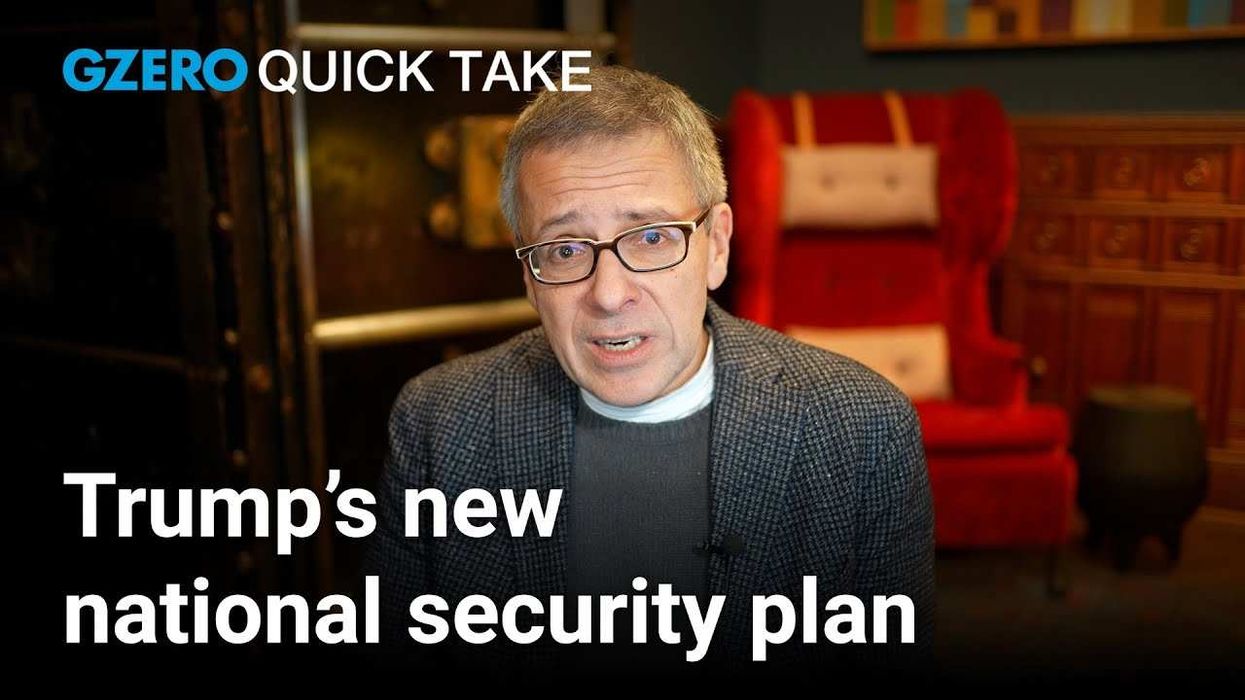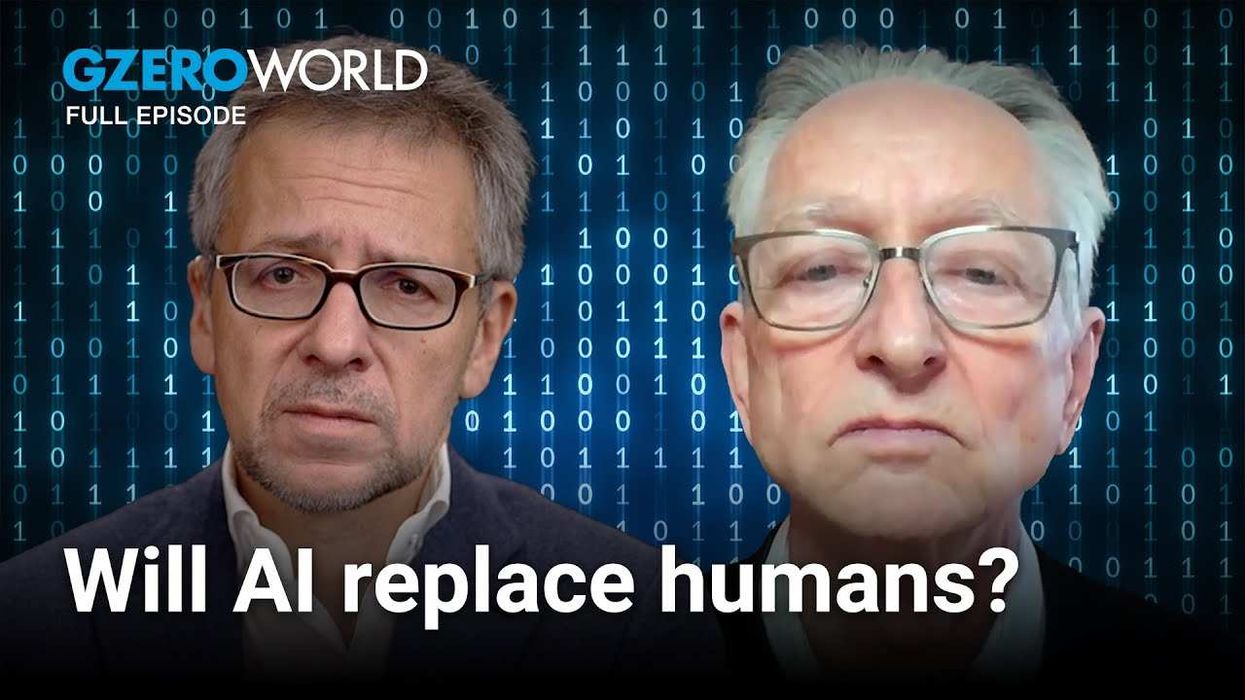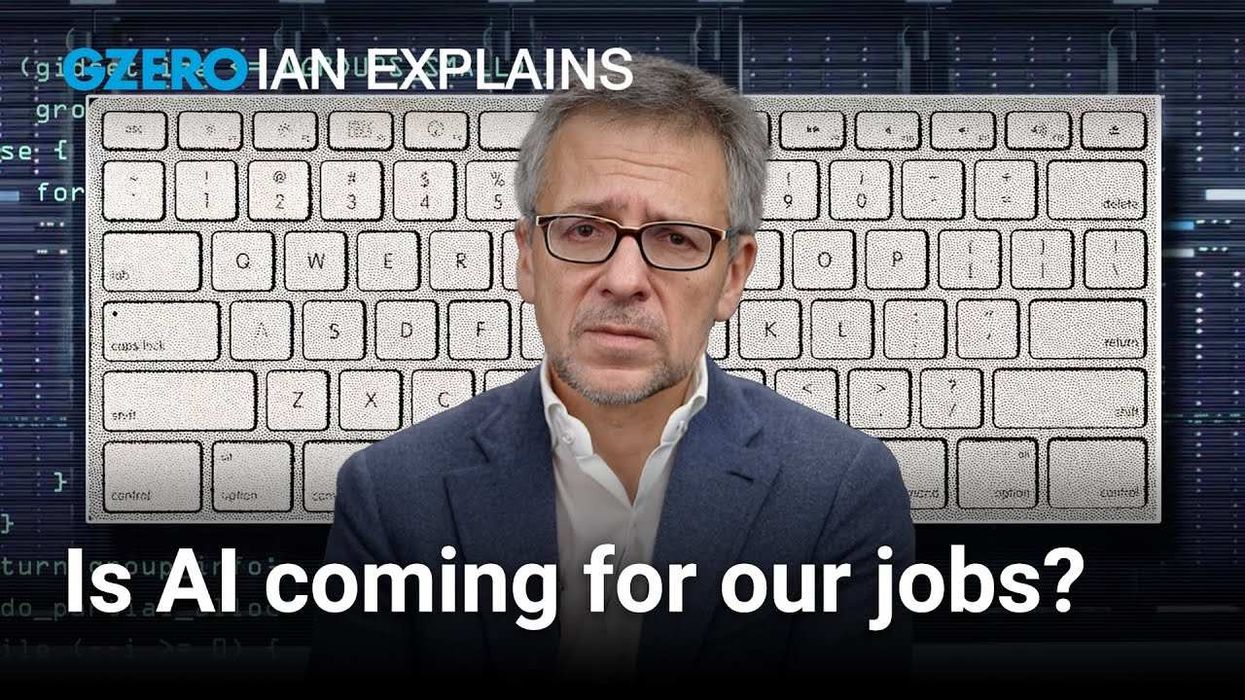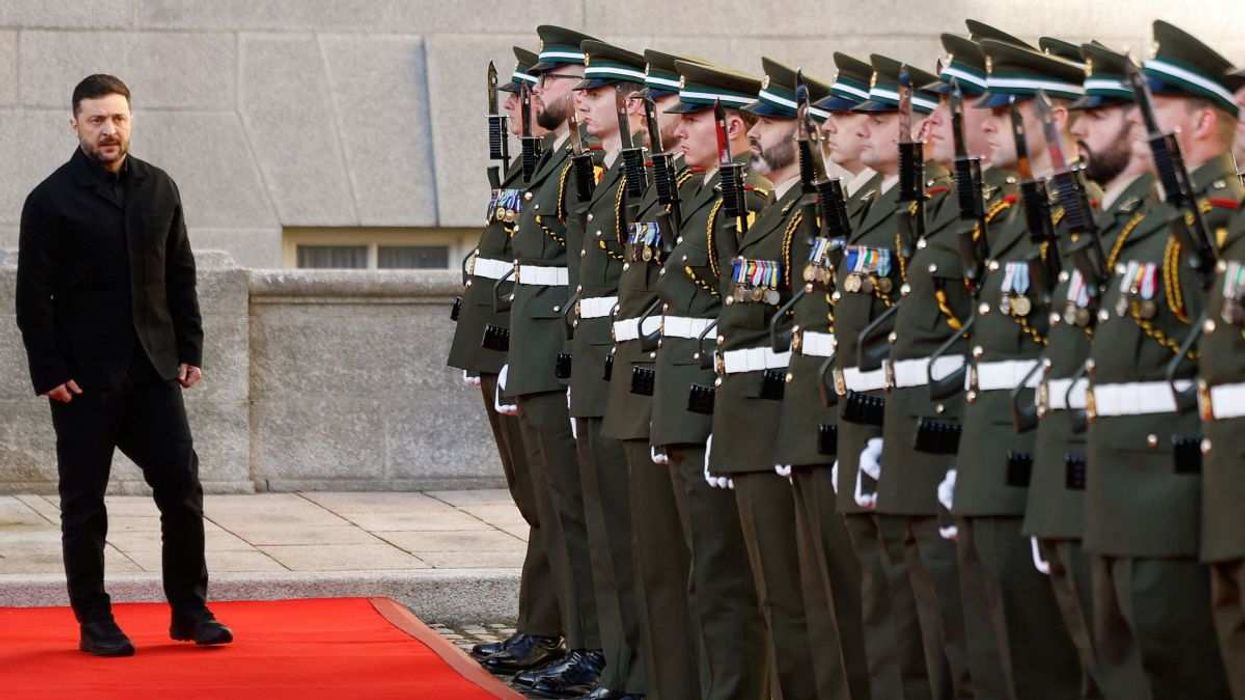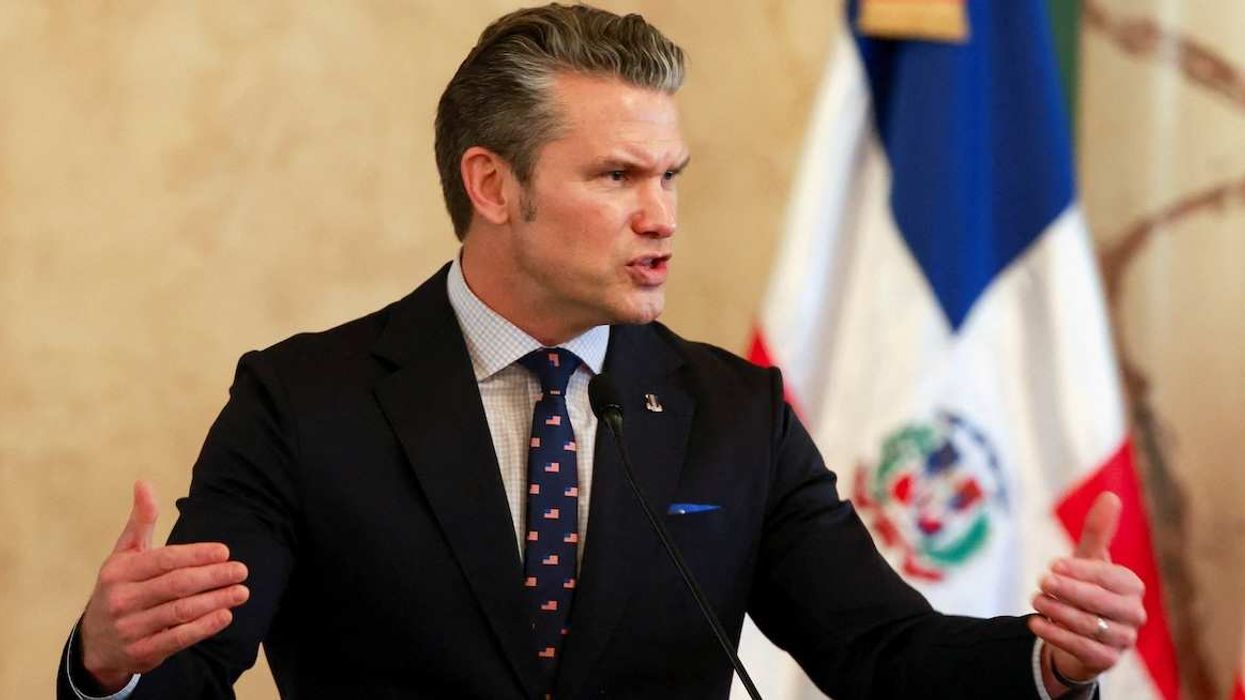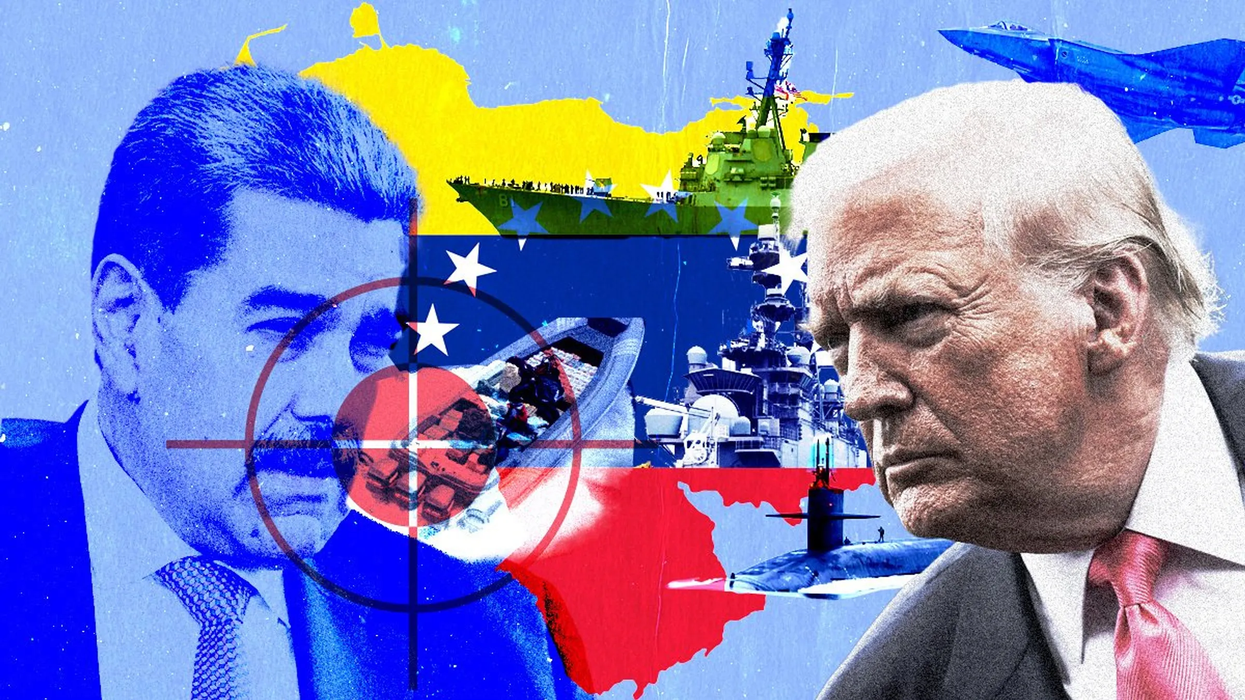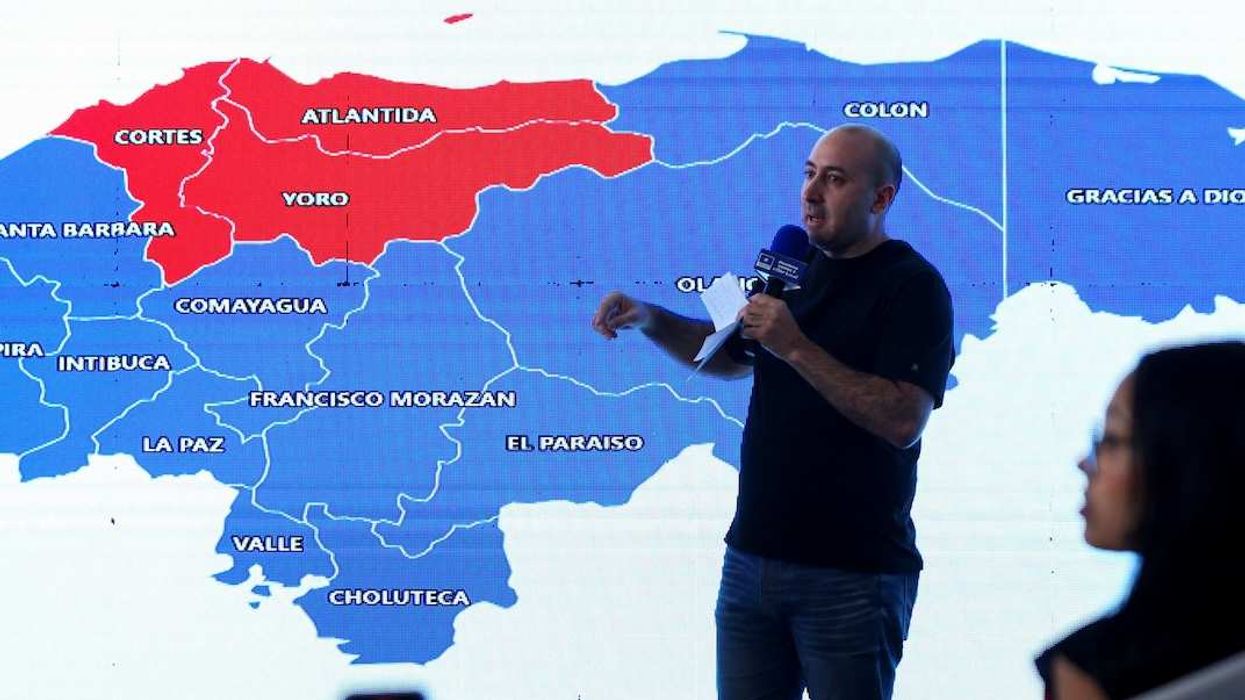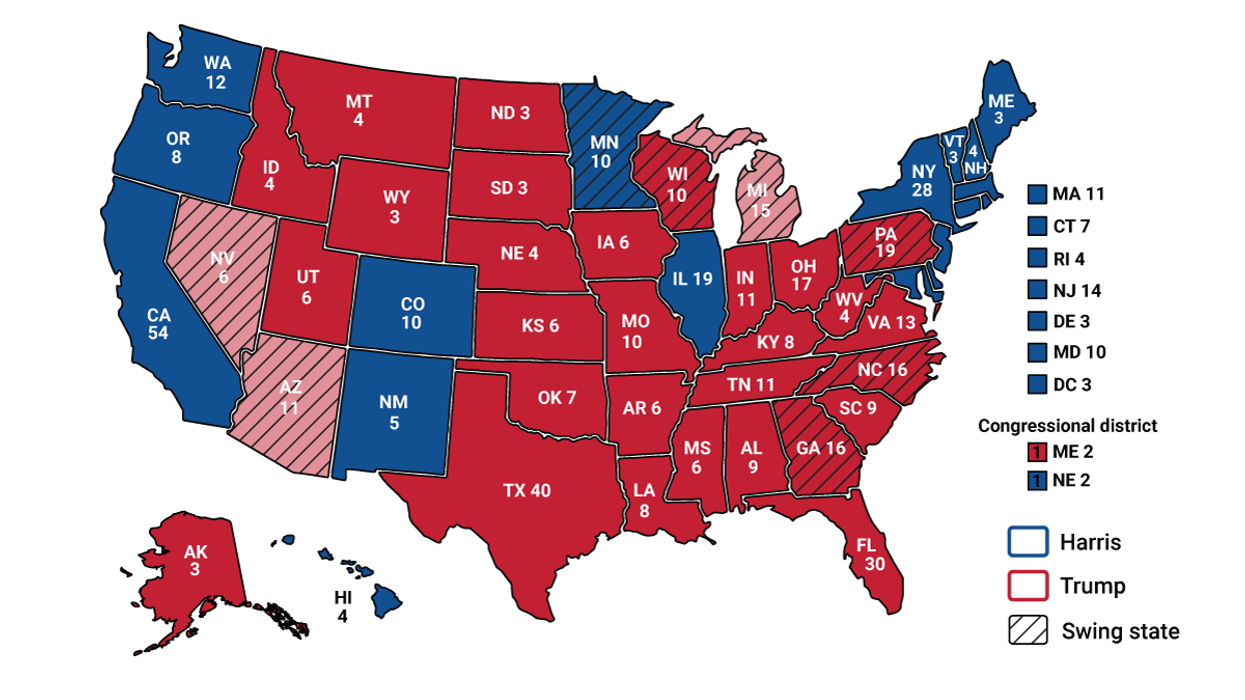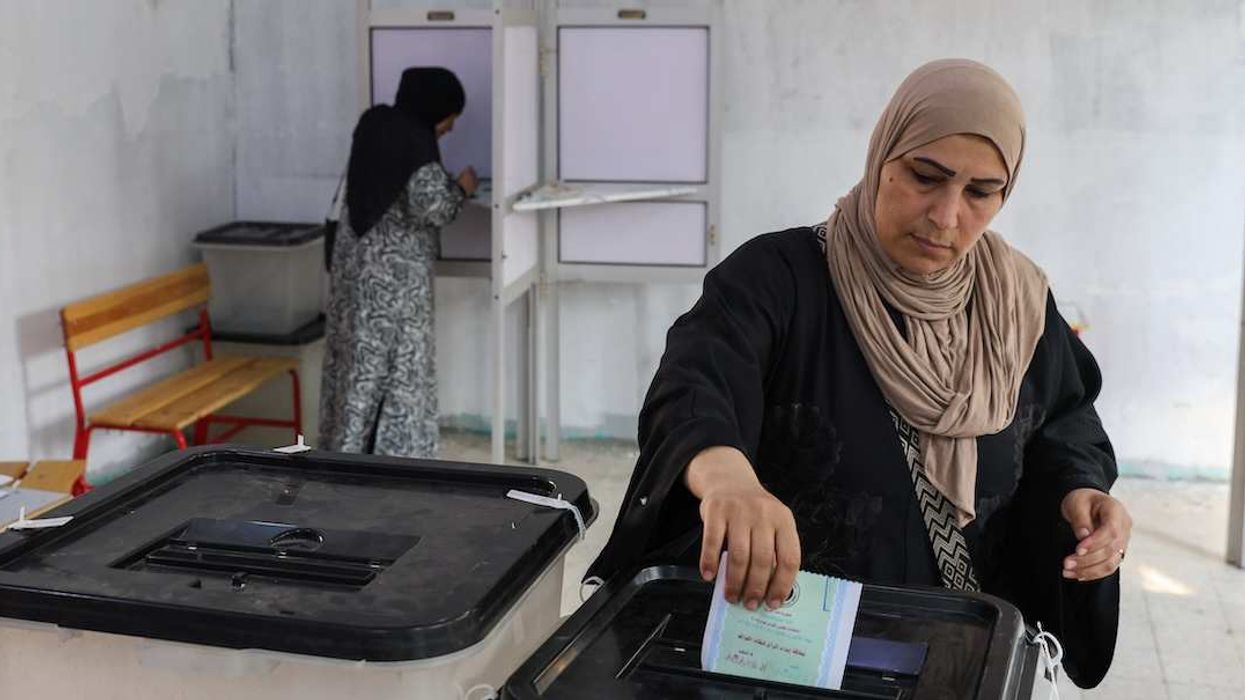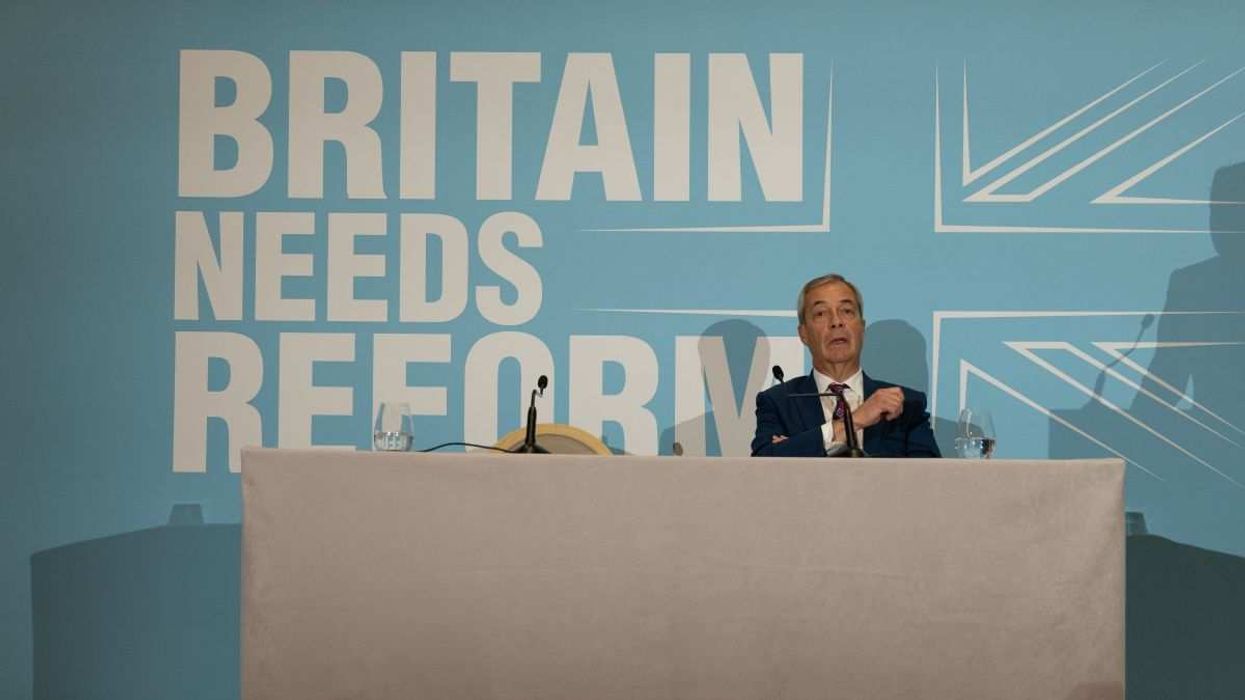As US President Donald Trump travels to the United Kingdom this week, there is an unnerving sense in which the ghost of Christmas past will be greeting the potential ghost of Christmas yet to come. The former imperial power meets with the current global leader at a moment when both countries face an expanding set of domestic and global tests.
Each will be hoping this visit provides an opportunity to convey bonhomie and unity against a landscape that is anything but friendly and settled. All eyes will be on this heavily choreographed visit.
It’s coronation day
In February, just a month into his second term, Trump hosted UK Prime Minister Keir Starmer at the White House. In separate remarks following those sessions, Trump and Starmer extolled the “special relationship” between the US and UK, declaring that it remained “very special” and “true.” The leaders discussed the ongoing conflict in Ukraine and efforts to bring peace by standing “side by side.” The most telling moment, the know-your-audience moment, came when Starmer handed Trump a letter from His Majesty King Charles. Opening it, Trump found it bestowed an invitation to Windsor Castle for a historic second state visit. The invite landed as it was intended, with Trump visibly tickled and honored.
That was February, when the return of Trump was still fresh and the UK, Europe, and the world had so many questions about the future of US engagement. Already at that moment, some of the answers were coming into view. Trump had imposed 10% tariffs on Canada and Mexico – two of the US closest trading partners - and an additional 10% tariff on imports from China. Prime Minister Justin Trudeau was a casualty of Trumpenomics, stepping down after it became clear there were no knots he could tie himself in that would appeal to Trump. Also, by February, the Trump administration had taken steps to dismantle the US Agency for International Development and six decades of US foreign aid policy. The retrenchment in American international funding and soft power raised alarms for food and security programs, health missions, climate and sustainability initiatives.
On security, just days after Starmer handed the King’s letter to Trump, the US president and Vice President JD Vance met with Ukrainian President Volodymyr Zelensky in the Oval Office. The televised conversation devolved from cordial to contentious over the course of 45 minutes. An anticipated deal for Ukrainian natural resources went unsigned, and Zelensky was told he held “no cards.” Within a week, the US sided with Russia on a series of United Nations resolutions marking the third anniversary of the invasion. Europe was put on notice that the US commitment to Ukraine would be elusive.
We’re going to the palace
Seven months on, with Trump arriving in the UK this week, those early February trendlines have only accelerated. On trade, US partners, allies, and nearly everyone else have been “liberated” and hit with individualized “reciprocal” tariffs. On foreign aid, the administration has stayed its course. Just last week the US Supreme Court granted the Department of Justice’s application allowing the administration to continue withholding billions of appropriated foreign aid funding. Inn Ukraine, the conflict appears no closer to a resolution. After innumerable conversations, a Trump-Putin summit in Alaska, and much European handwringing, Russian drones incurred Polish air space last week.
The Trump administration’s ambitions to redefine the US global footprint is a familiar proposition in the UK, which has struggled to find its footing in the aftermath of Brexit. According to policy documents like the Integrated Review Refresh 2023, successive British governments have sought to position the UK for a more active posture on the world stage amidst increasing geopolitical volatility. Thus far, these ambitions have borne few tangible results.
Even as their global trajectories diverge, Trump’s arrival in the UK comes at a moment of domestic precariousness for both countries. From migration pressure to untenable budgets, divisive partisanship, fluctuating political attitudes and concerns over crime, these Transatlantic partners face a long and overlapping list of maladies.
The visuals are meant to be televised.
Against this backdrop, ambitions will be low for Trump’s visit. Neither side is likely to wade into sensitive domestic dynamics like the recent removal of the UK ambassador to the US, or American political violence. Announcements of a nuclear energy accord and promises of UK technology investments by US AI and chip private sector leaders will be the main takeaways, but are really window dressing. What is called for is a show of allegiance, an optical win at a time when other global leaders have themselves been busy.
Collegial images of China’s President Xi Jinping, Vladimir Putin, and Indian Prime Minister Narendra Modi at the Shanghai Cooperation Organisation (SCO) earlier this month grabbed widespread attention. A slew of analysis argued that this was the new world order, evidence that the powerful “rest” were joining forces against “the West.”
While it is not, in fact, the case that India, China, Russia (+ North Korea and Iran) are now locked into an exclusive alliance that will by magnetism bring others into their realm, countries are hedging their bets. With all the grandeur of a royal visit, Trump will be seeking out the spotlight and looking, once again, to rewrite the script.



